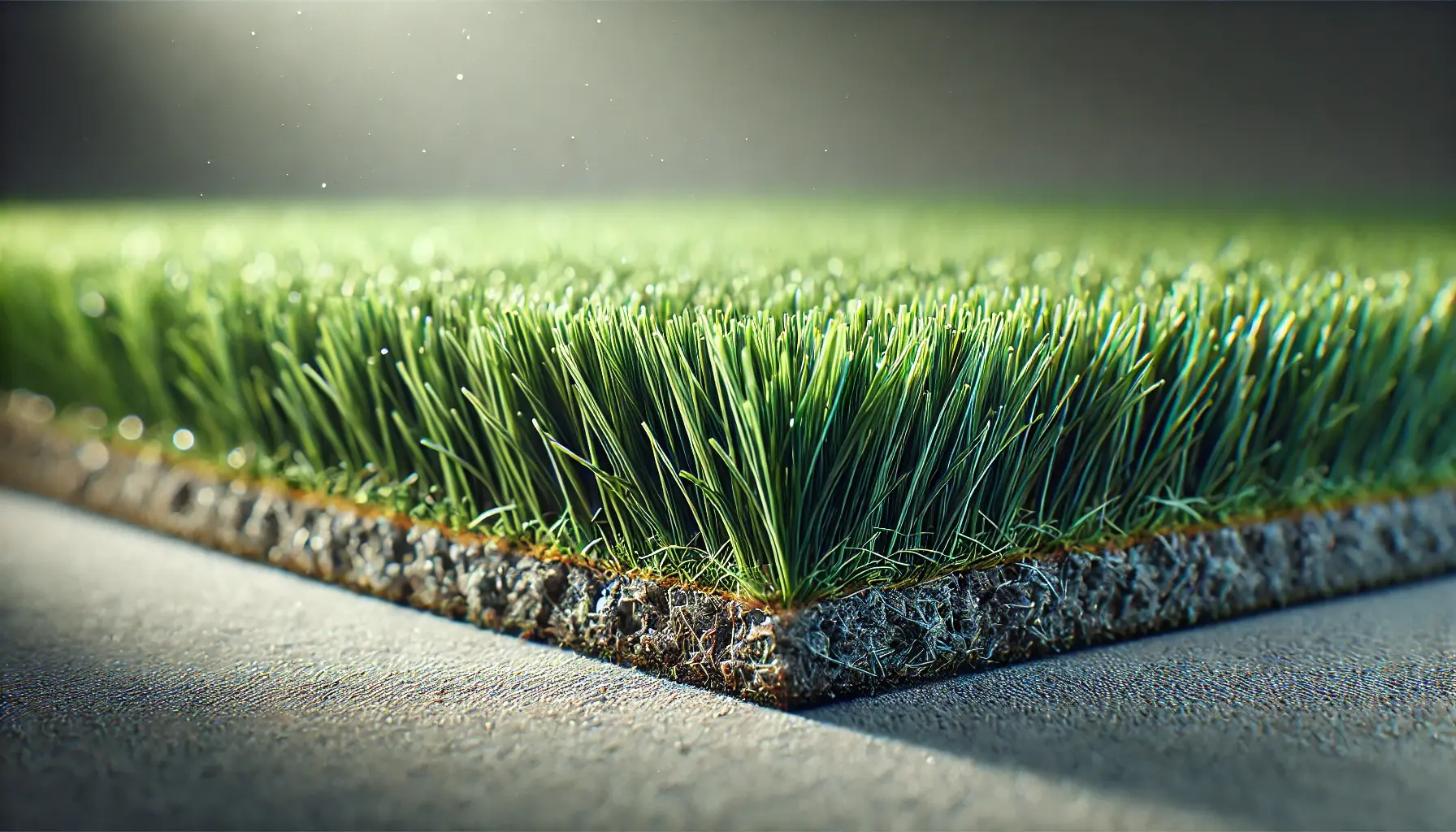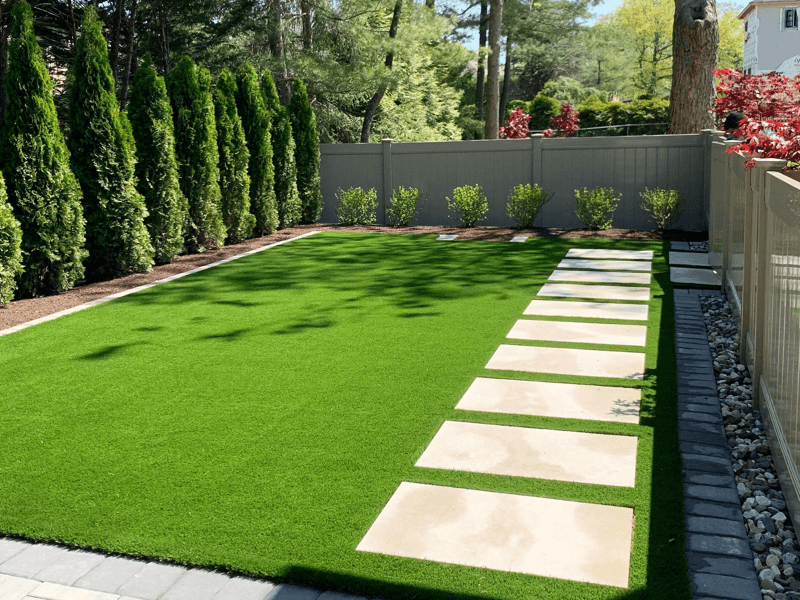Top Phoenix Turf Companies Delivering Premium Synthetic Grass Options
Wiki Article
Delve Into the Environmental Conveniences of Opting for Artificial Grass Solutions
The adoption of artificial turf options offers an engaging possibility to deal with pressing ecological obstacles. By substantially lowering water usage and decreasing the application of unsafe chemicals, these options not just promote sustainable landscaping but also shield local environments.Water Preservation Benefits
One of the most considerable benefits of artificial turf is its capacity to conserve water. In comparison, synthetic lawn does not require watering, considerably decreasing the overall demand for water resources.By removing the demand for regular watering, man-made turf adds to sustainable landscape methods and aids mitigate the ecological influence of extreme water consumption. The preservation of water prolongs to the decrease of runoff, which can lead to dirt disintegration and river air pollution.
Additionally, the setup of artificial lawn allows municipalities and home owners to allocate water sources a lot more successfully, concentrating on crucial usages such as alcohol consumption water and agriculture. The change towards man-made lawn not only promotes accountable water usage yet also lines up with wider ecological objectives aimed at maintaining natural deposits.
As areas progressively focus on sustainability, the water conservation benefits of synthetic grass offer an engaging case for its adoption in residential and industrial landscaping tasks.
Minimized Chemical Use
The transition to synthetic grass significantly reduces the reliance on chemical therapies commonly made use of in all-natural yard maintenance. Conventional turf monitoring usually includes the application of plant foods, chemicals, and herbicides to promote growth and control pests. These chemicals can posture dangers to human health, neighborhood wildlife, and the setting, adding to soil and water contamination.On the other hand, synthetic grass eliminates the demand for these unsafe substances. As soon as mounted, it calls for minimal upkeep, largely containing regular cleaning and infrequent infill replenishment. This decrease in chemical use not only benefits the immediate setting but likewise adds to broader environmental security. By lessening the launch of synthetic substances right into the ecological community, fabricated turf advertises healthier dirt and water supply.
Furthermore, the absence of chemical runoff associated with synthetic grass installments helps protect local waterways from air pollution, supporting marine life and preserving biodiversity. Arizona artificial turf. As communities progressively prioritize lasting techniques, choosing for synthetic grass presents a feasible service that lines up with ecological preservation objectives. With this change, residential property proprietors can take pleasure in lush environment-friendly rooms without endangering ecological health and wellness, leading the method for a much more sustainable future
Reduced Carbon Impact

Furthermore, the setup of fabricated lawn can cause significant water conservation. Natural grass call for considerable quantities of water for irrigation, which not just adds to the carbon footprint connected with water extraction and treatment yet additionally strains local water sources. In comparison, synthetic grass requires marginal maintenance, requiring no watering, consequently considerably decreasing water use and its linked power prices.
Furthermore, the durability of artificial turf adds to its decreased carbon influence. With a life expectancy of as much as 15 years or more, the demand for constant substitutes is diminished, resulting in much less waste and reduced power usage in production and getting rid of i was reading this traditional lawn alternatives. In general, synthetic grass offers a lasting option for ecologically mindful landscaping.
Environment Preservation
Habitat conservation is an essential consideration in the discussion over landscape design options, especially when contrasting artificial lawn to all-natural turf. All-natural yard lawns often require extensive maintenance, including making use of plant foods, herbicides, and chemicals, which can negatively impact local ecosystems. These chemicals can seep into the soil and waterways, harming native vegetation and fauna and disrupting local habitats.
Fabricated lawn eliminates the need for hazardous chemicals, thereby securing neighboring wild animals and maintaining the stability of surrounding ecological communities. The installation of man-made grass can lead to the conversion of previous lawn locations into even more biodiverse landscapes, such as pollinator resource yards or native plant areas, which can sustain local wild animals.
Inevitably, the change to fabricated lawn not just conserves water and decreases upkeep efforts yet likewise cultivates a much more harmonious relationship between human tasks and the native environment, promoting habitat conservation while doing so.
Long-Term Sustainability
Long-term sustainability is a critical consider assessing the benefits of synthetic turf over conventional turf yards. Among the most significant benefits of synthetic grass is its sturdiness; it can last as much as 15-20 years with marginal upkeep, whereas natural yard needs frequent reseeding and replacement. This longevity decreases the requirement for consistent resources, such as water, plant foods, and pesticides, which are important for keeping a healthy and balanced yard yard.In addition, synthetic grass adds to a reduction in carbon exhausts related to yard care tools. Traditional grass typically need gas-powered mowers, leaners, and blowers, every one of which add to air pollution. Phoenix turf companies. In comparison, synthetic grass eliminates the need for such devices, promoting a cleaner environment
In addition, the manufacturing of synthetic grass increasingly utilizes recycled materials, enhancing its sustainability profile. As producers embrace eco-friendly practices, the ecological footprint of synthetic grass continues to lessen.

Verdict
The adoption of synthetic grass options provides substantial environmental benefits, including considerable water preservation, decreased dependence her response on harmful chemicals, and a lower carbon impact. Artificial turf help in protecting all-natural environments by reducing land disturbance and promoting long-lasting sustainability via the usage of durable materials. Jointly, these variables emphasize the possibility of artificial lawn to contribute favorably to environmental health and wellness and supply a sensible option to traditional landscaping methods in a significantly resource-conscious world.In comparison, synthetic grass does not require watering, considerably minimizing the general demand for water resources. By minimizing the launch of synthetic substances right into the ecosystem, man-made grass advertises much healthier dirt and water systems.
Moreover, the setup of synthetic grass can result in substantial water conservation. In contrast, synthetic turf needs minimal upkeep, requiring no watering, therefore substantially reducing water usage and its connected power prices.

Report this wiki page